The book "Folk songs of Hau Giang". Photo: DUY KHOI. Musician Lu Nhat Vu and the group collecting and recording folk songs in An Binh commune, Can Tho city. Photo source: taken from the book "Folk songs of Hau Giang".
We would like to respectfully introduce the conversation with musician Lu Nhat Vu that day.
► Could you please briefly summarize Ho Can Tho?
- In the old days, on the rivers, canals and canoes of Hau Giang, the Can Tho folk song, the "banh bo" folk song, still resounded clearly, echoing endlessly with the ebb and flow of the water. The soaring, long-lasting Can Tho folk song has become famous as a long-standing specialty that can only arise in the charming river environment of Hau Giang.
The types of songs collected in Hau Giang have been added to the genre of Southern folk songs. The planting and long-roofed songs of Hau Giang are also different from the planting and long-roofed songs of Dong Thap, Ben Tre, Cuu Long, Tien Giang, Kien Giang and Long An. The breathing rhythm of the long-roofed songs in Thot Not reminds listeners of the second-roofed songs of Thua Thien Hue.
Ho cay was born from the group of ho ca of the cach (traditional Vietnamese folk songs); it is only famous in certain places and regions. Ho cay in Go Cong is not like ho cay in Ben Tre, ho cay Ben Tre is different from ho cay Cuu Long, ho cay Kien Giang is not related to ho cay Hau Giang. We hear ho cay of Vietnamese people in the South, especially in Hau Giang, it cannot be confused with other regions, it has its own characteristics, especially based on the Oan scale, it sounds more emotional.
Hau Giang land (now including Can Tho city, Hau Giang province and Soc Trang province - PV) is not a territory that cuts off all communication and penetration of neighboring regions in the historical process of the nation. In fact, the folk songs collected in Hau Giang land both contain the common characteristics of Southern folk songs and show their own unique features.
► Dear musician, the work "Hau Giang Folk Songs" is very valuable, showing the hard work of the musician and his colleagues. Could you share some memories about the process of collecting Hau Giang folk songs?
- Hau Giang at that time consisted of 3 provinces and cities now, the area was very large, traveling like that took a lot of time. The collection team traveled for nearly 100 days, no province had lasted that long. We traveled to all the communes in the province, from 6 communes of Vong Cung to O Mon, Thot Not, Ke Sach, My Tu, Vi Thanh, Long My... At that time, the conditions for traveling and living were very difficult, eating whatever we could find, sleeping wherever we could find.
Although it was difficult, we were comforted by the fact that we found many unique melodies that bear the mark of the Hau Giang region. So excited!
That is the lullaby of Mrs. Tran Thi Ba, 76 years old, in Thot Not. She specializes in feeding babies and singing to babies for hire. Many babies are lulled to sleep by her. She sits on a hammock, stretched over the front row of the third row. Our group sits and records, listening to her lullaby for a while, the whole group becomes sleepy, even the pig in the pen falls asleep. Mrs. Ba also knows Ly Thanh Truc, which is thought to only be in Ben Tre, but her singing is even more unique.
Or Ly Con Coc collected in O Mon, later staged by Can Tho City Cultural Center, competed in the National Folk Song Festival, won First Prize, with some lovely lyrics: "The toad died, the orphaned frog has been alone for so long...". Ly Con Coc O Mon added to this tune collected in Cai Rang, Ben Tre, Dong Thap.
One time, when the group went to collect folk songs in Ke Sach, in the evening, the tide was low, the boat got stuck, luckily we discovered Mrs. Tran Thi Hai, on the other side of the bridge, who knew many melodies. We recorded the Ly Gong Kieng tune, which was used in the song "Bao Bong Roi". Later, Le Giang (his wife - PV) was inspired to compose the song "Thiet tha mien Hau Giang".
Or in the collection in Phung Hiep, there was a Mr. Huynh Van Muoi, also known as Muoi Xe Hoi, who knew many folk songs. When the commune invited him, he was nervous and didn't know why. When he heard the story, he freely sang, including a very good song called Ly Cay. This song later became the theme song of many folk music programs.
During the process of collecting Hau Giang folk songs, we went to O Mon, visited the house of musician Tran Kiet Tuong, the old house of musician Luu Huu Phuoc... Another happy memory was in 1985, we went to Ben Ninh Kieu, preparing to go to Long My to collect, when Mr. Hai Ot (ie comrade Vo Hong Quang, former Director of the Department of Culture and Information of Hau Giang province, former Vice Chairman of the People's Committee of Can Tho province, former Deputy Minister of Culture and Information - PV) immediately ran over and called: "There is an order to change the money, you guys go back, change it first before going".
► Dear musician, what do you think about the influence of Hau Giang folk songs?
- In 1992, we made the tape "Echo of the Countryside", introducing Southern folk songs and won the Gold Medal at the 1993 National Television Festival, including Ly Thanh Truc and Ly Cay collected in Can Tho.
In Can Tho, there is a very special phenomenon that on the same O Mon River, four famous musicians of Vietnamese music were born: Luu Huu Phuoc, Tran Kiet Tuong, Dac Nhan, and Trieu Dang.
Mrs. Thai Ngoc Lang is the mother of musician Tran Kiet Tuong. She often taught him to sing: "Sao vua chin cai, sao banh rui lie cuong. I have loved you since the day you held me in your arms" . With that characteristic way of breathing, later when composing the song "Ho Chi Minh is the most beautiful name", he included in the opening line: "I sing a thousand songs. Vaster than the fields..." .
Mrs. La Thi Sinh was the mother of Professor and musician Luu Huu Phuoc, who taught him the song Ly Bon Mua. When he was in the Viet Bac resistance zone, he and artist Thai Thi Lien, the mother of musician Dang Thai Son, combined Ly Bon Mua with Ly Giao Duyen, to create the song "Ru con Nam Bo" which many people mistakenly thought was a lullaby: "The autumn wind, mother lulls her child to sleep. Five (oh) hours of grinding, five (oh) hours of grinding. Stay awake for five. Oh my boy, oh my person, oh my person".
As for musician Dac Nhan, from the folk tunes and famous folk songs of his hometown, he created the song "Can Tho white rice clear water". Musician Tran Long An has the song "Dan flute Hau Giang", inspired by the Can Tho folk song. Musician Minh Luan also composed the very famous song "Tieng ho song Hau river"...
In short, "Hau Giang Folk Songs" not only preserve the spiritual values of our ancestors but also provide material for music composers and reformed opera writers. Especially, it helps the younger generation have the opportunity to learn about the beloved land on the Hau River.
► Thank you musician!
DANG HUYNH (performed)
Source: https://baocantho.com.vn/dan-ca-hau-giang-the-hien-nhung-net-dac-thu-a185028.html





![[Photo] Looking back at the impressive moments of the Vietnamese rescue team in Myanmar](https://vstatic.vietnam.vn/vietnam/resource/IMAGE/2025/4/11/5623ca902a934e19b604c718265249d0)

![[Photo] "Beauties" participate in the parade rehearsal at Bien Hoa airport](https://vstatic.vietnam.vn/vietnam/resource/IMAGE/2025/4/11/155502af3384431e918de0e2e585d13a)


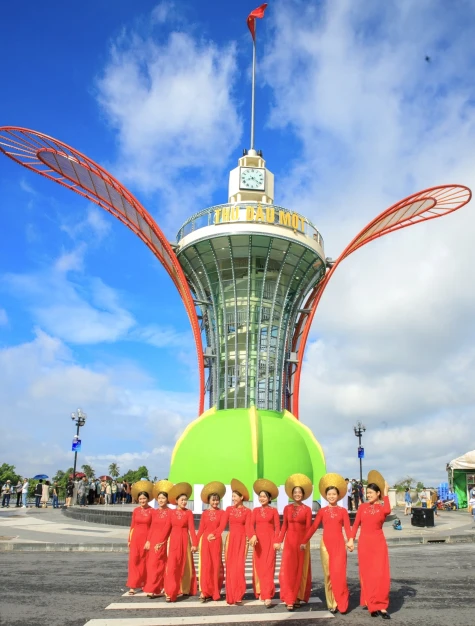



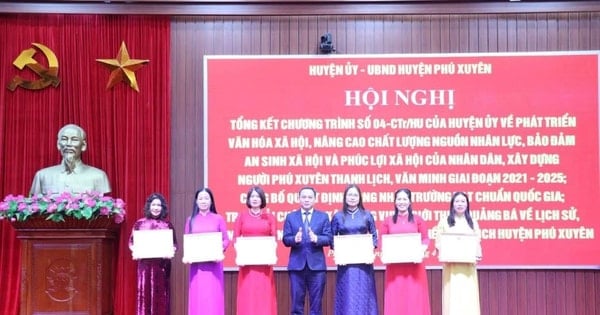



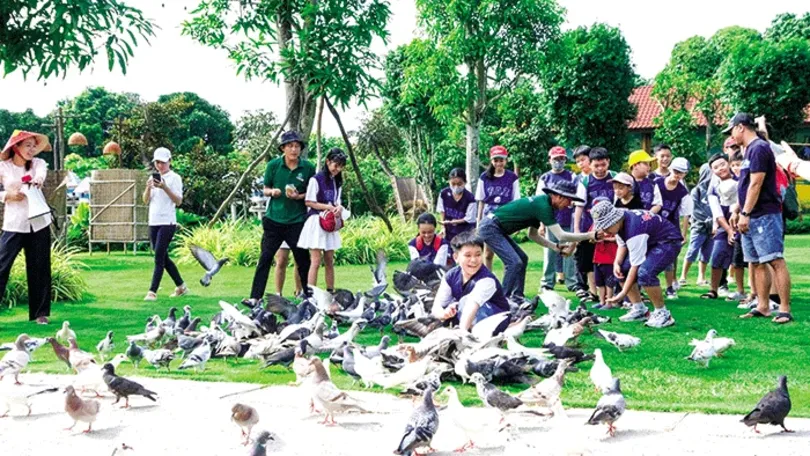

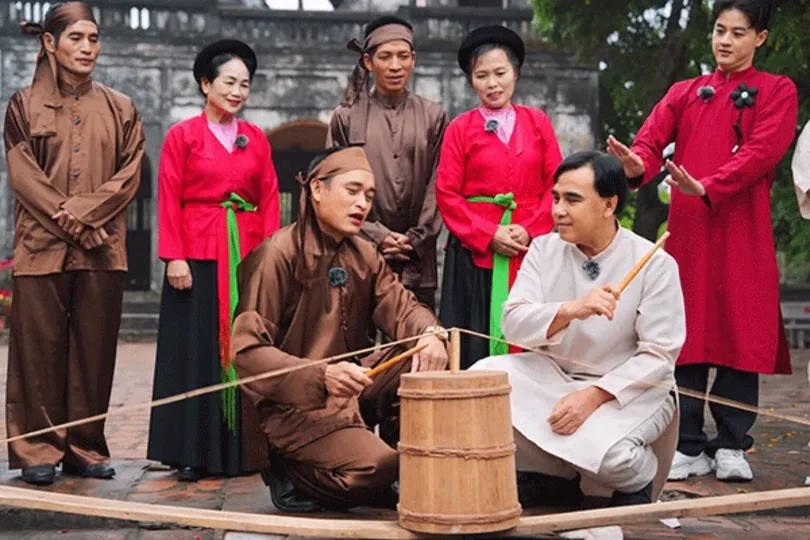
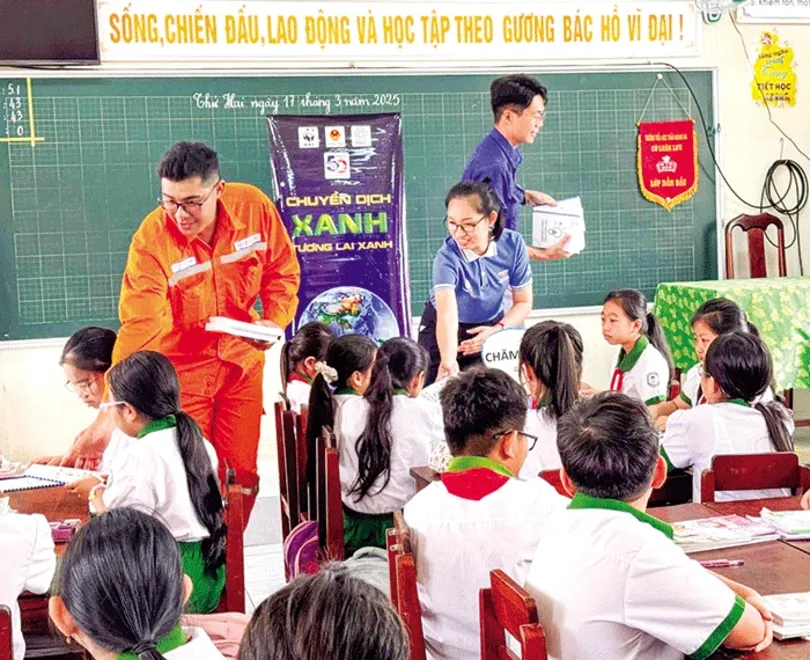
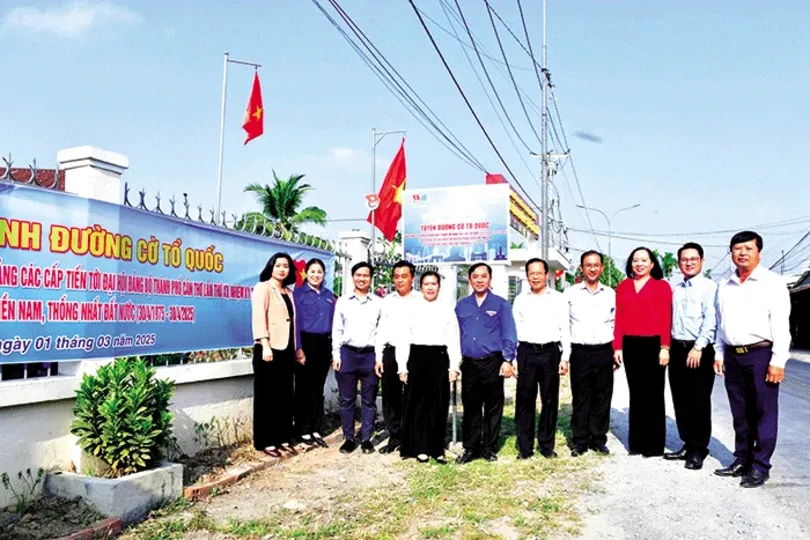

![[Photo] Summary of parade practice in preparation for the April 30th celebration](https://vstatic.vietnam.vn/vietnam/resource/IMAGE/2025/4/11/78cfee0f2cc045b387ff1a4362b5950f)















































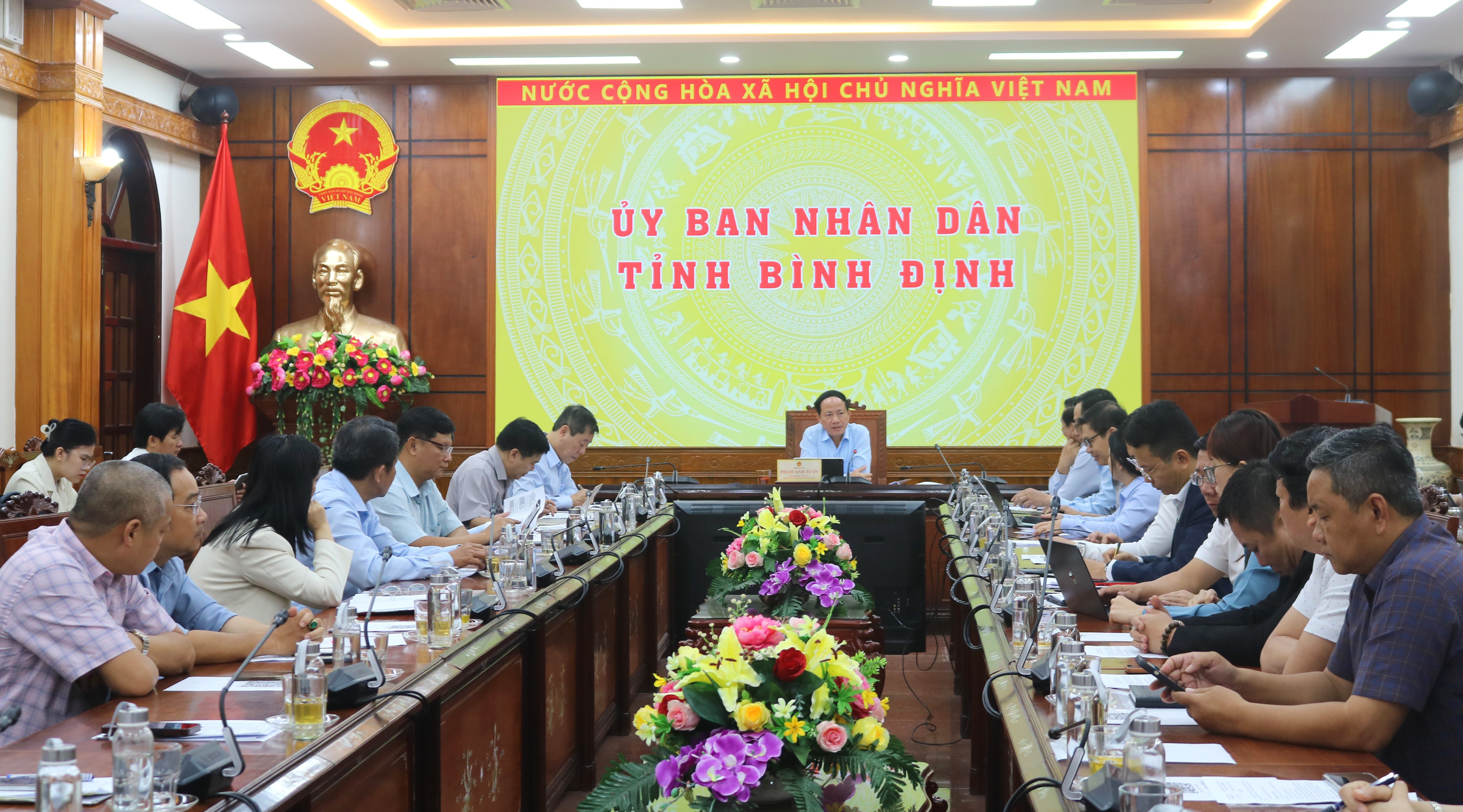












Comment (0)